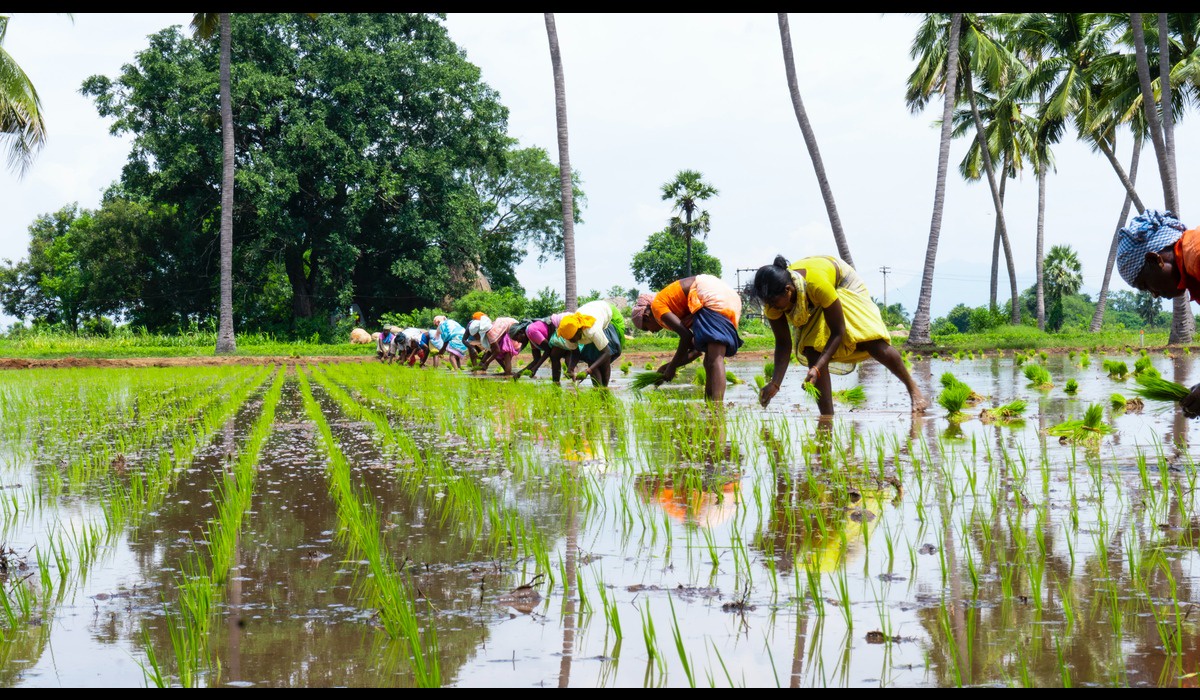As an Indian farmer, you face various challenges in protecting your crops and livestock. From natural disasters to pest infestations, threats to your farm can arise at any time. However, with research and preparation, you can mitigate these risks and secure a bountiful harvest.
In this guide, we explore the common threats to Indian farms and provide practical solutions for addressing them. Whether you are a new farmer or have years of experience, this information will prove valuable in ensuring the success and sustainability of your farm.
Identifying Common Threats
As a farmer in India, it is important to have a clear understanding of the potential risks to your farm. Some of the most common threats include:
- Natural Disasters: Monsoons, droughts, and cyclones can have a devastating impact on crops and livestock.
- Pest Infestations: Pests such as locusts, stem borers, and whiteflies can cause significant damage to crops.
- Livestock Diseases: Outbreaks of diseases such as avian influenza, foot-and-mouth disease, and rinderpest can have a devastating impact on your livestock population.
- Agricultural Fires: Furthermore, uncontrolled fires can spread quickly and cause widespread damage to crops, land, and infrastructure.
By being aware of these threats, you can take proactive steps to protect your farm and secure your harvest. Moreover, regular monitoring, record keeping, and risk assessment can help you stay ahead of potential threats and make informed decisions to safeguard your farm.
Preparing for Natural Disasters
Natural disasters such as monsoons, droughts, and cyclones can have a significant impact on your farm. To prepare for these events, follow these steps:
- Assess your farm's vulnerability: Identify areas of your farm that are most susceptible to natural disasters, such as low-lying or flood-prone areas.
- Create a plan: Develop a disaster response plan that outlines evacuation procedures, emergency contacts, and strategies for protecting crops and livestock.
- Stock emergency supplies: Keep a supply of essential items such as food, water, and medical supplies in case of an emergency.
- Train employees: Educate your employees on disaster response procedures and provide training in emergency response techniques.
- Stay informed: Stay up-to-date on weather forecasts and warnings and be prepared to act quickly in the event of an emergency.
By taking these steps, you can better protect your farm and respond effectively in the event of a natural disaster.
Managing Pest Infestations
Pests such as locusts, stem borers, and whiteflies can cause significant damage to your crops. To manage pest infestations, consider these strategies:
- Monitor regularly: Regularly inspect your crops for signs of pests and record the types and severity of infestations.
- Implement integrated pest management: Use a combination of physical, cultural, and chemical methods to control pests and minimize the use of harmful chemicals.
- Practice crop rotation: Alternating crops can help reduce pest populations and prevent the buildup of infestations.
- Use resistant varieties: Choose less susceptible crops to pests and diseases.
- Encourage beneficial insects: Encourage the presence of beneficial insects, such as ladybugs and lacewings, which can help control pest populations.
By implementing these strategies, you can effectively manage pest infestations and protect your crops.
Protecting Livestock from Diseases
Outbreaks of diseases such as avian influenza, foot-and-mouth disease, and rinderpest can have a devastating impact on your livestock population. To protect your livestock, consider these best practices:
- Implement biosecurity measures: Establish strict protocols for the management of livestock and visitor traffic to prevent the spread of diseases.
- Vaccinate regularly: Regular vaccination can help prevent the spread of diseases and protect your livestock.
- Monitor for signs of disease: Regularly inspect your livestock for signs of disease, such as coughing, diarrhoea, or reduced appetite.
- Isolate sick animals: Separate sick animals from the rest of the herd to prevent the spread of disease.
- Seek veterinary advice: Consult with a veterinarian to diagnose and treat diseases and develop a disease management plan for your farm.
By following these, you can help prevent the spread of diseases and protect the health of your livestock.
Maximizing Crop Yields
To maximize crop yields, consider these strategies:
- Soil management: Proper soil management, including soil testing and nutrient management, can improve soil fertility and support healthy crop growth. Use implements as well, such as a potato planter, to save money and time.
- Irrigation management: Effective irrigation management, including timely watering and monitoring soil moisture levels, can help conserve water and improve crop yields.
- Use of fertilizers: Appropriate use of fertilizers can help improve soil fertility and support healthy crop growth.
- Crop rotation: Alternating crops can help improve soil fertility, reduce pest and disease pressure, and improve crop yields.
- Crop protection: Implementing effective crop protection strategies, including the use of protective covers and crop rotation, can help reduce crop damage and improve yields.
By implementing these strategies, you can improve crop yields and maximize the profitability of your farm.
Conclusion
In conclusion, running a successful farm in India requires a proactive approach to managing common threats such as pests, diseases, and crop damage. By monitoring crops and livestock, implementing effective pest and disease management strategies, and also maximizing crop yields through soil management, irrigation management, and using fertilizers, you can protect your farm and achieve long-term success. Investing in implements such as the potato harvester also helps improve your yields. Remember to seek professional advice and support, as well as keep up-to-date with best practices and advancements in agriculture.


No comments yet